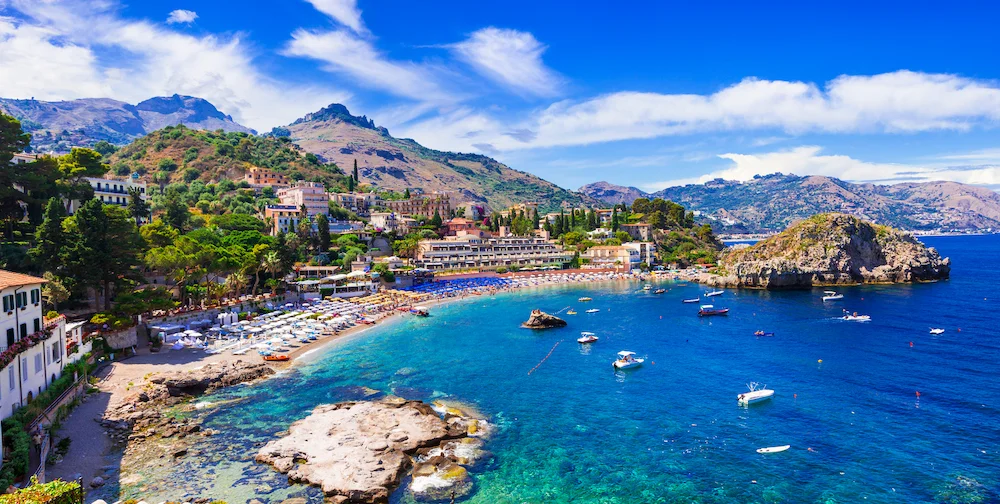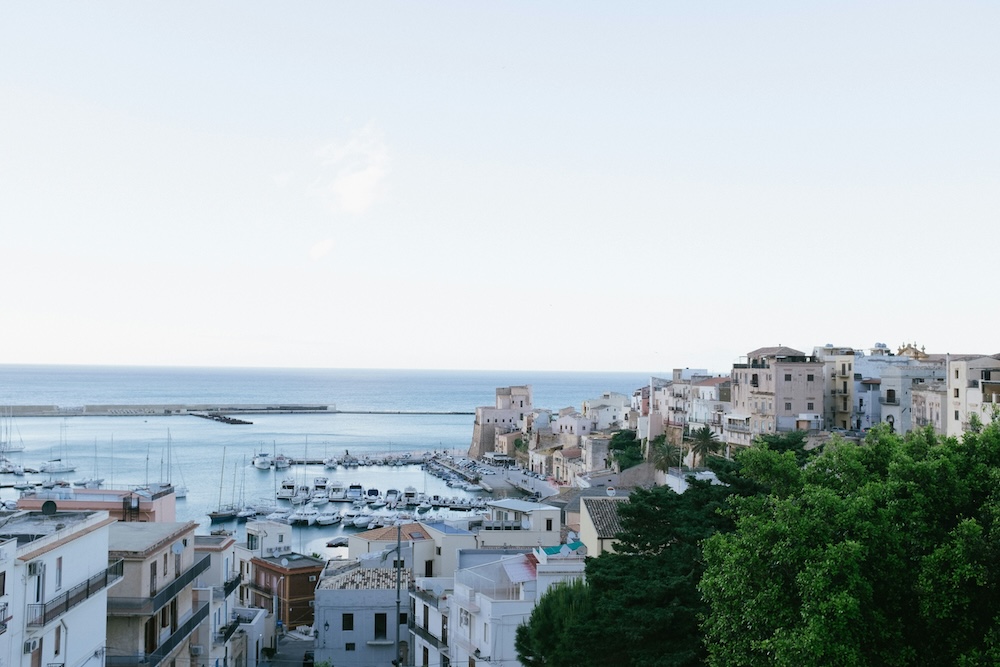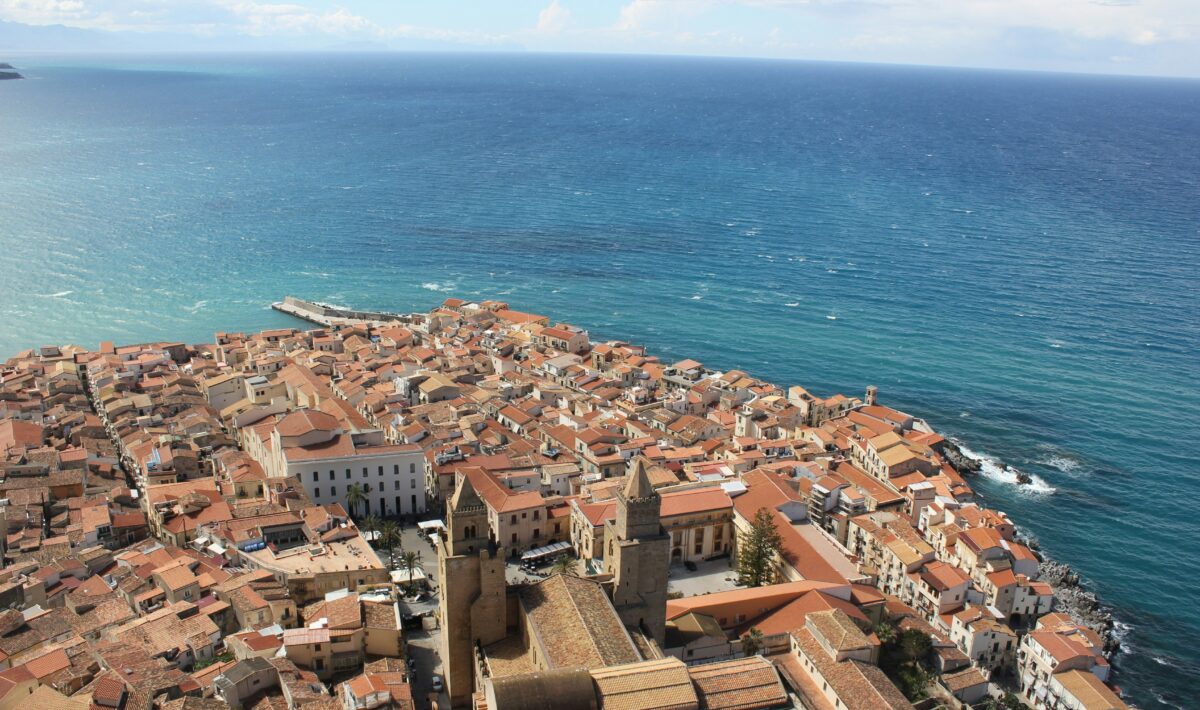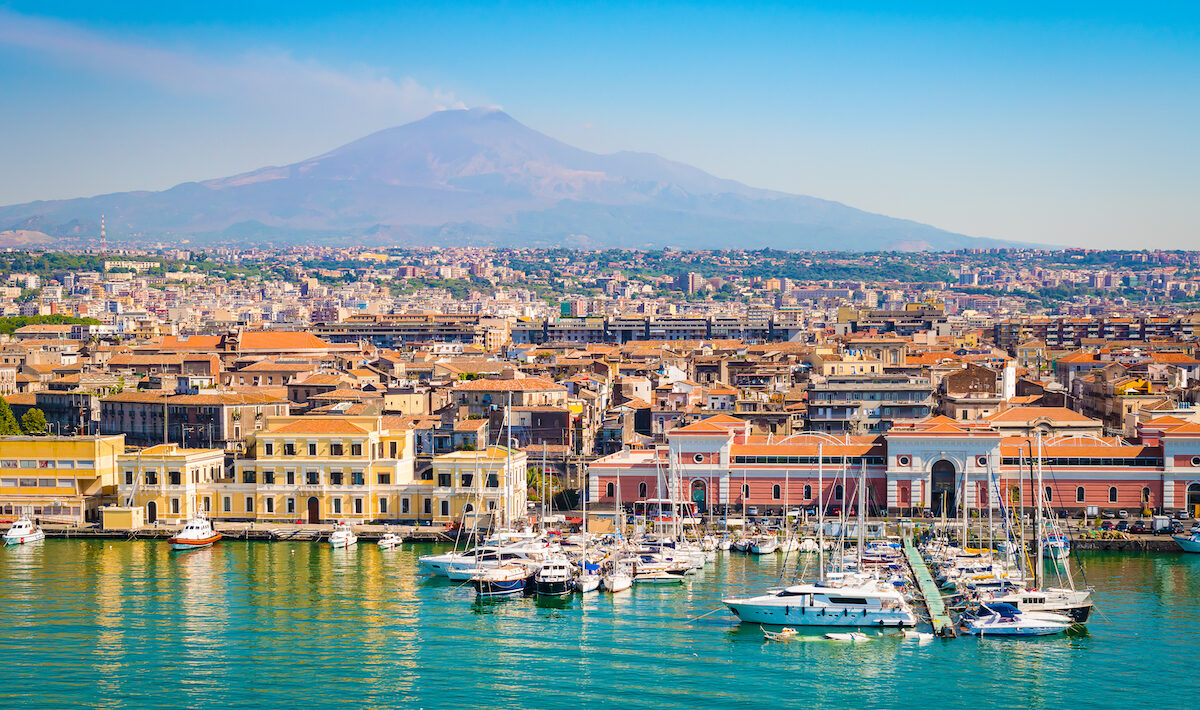Sicily’s weather can be admired from both the shore lines of Italy and beyond. But how can you be sure you will be embraced by the warming sun rays kissing your skin? With a Mediterranean climate Sicily is a popular destination to holiday all year round, so let’s find out what each month may have in store for its guests.
Table of Contents:
SICILY WEATHERWhat is the Best Month to Visit Sicily?
Bathed in the Mediterranean sun, the island of Sicily can be an ideal holiday location for year round adventures. Characterised by hot, dry summers and mild, wet winters, Sicily’s weather is quite typical for southern Europe. Which means no matter the month you visit, glorious weather could grace your presence, allowing you to explore the regions of Sicily with ease.
January to February
- Average temperatures ranging between 10-15°C (50-59°F)
- Average rainfall about 70-90mm
January and February sees Sicily embracing its winter. While snow is a rare guest throughout the landscape, it is primarily confined to the island’s highest peaks, such as Mount Etna and Piano Battaglia. Perfect for those looking to incorporate skiing into your Italian holiday. If winter sports are not on your agenda, January and February can also be the perfect time for culture and history buffs to explore the ancient ruins of the island, without the large stampede of tourists.
March to April
- Average temperatures running between 15-20°C (59-68°F)
- Average rainfall about 40-60mm
As spring blossoms, temperatures begin to rise and rainfall lessens, giving way to more sunshine. Just what we want to hear if planning an early spring trip to the Italian islands.
March and April offer guests the quintessential Mediterranean spring. Green landscapes, a symphony of blooming flowers, and vibrant local festivities like the famous Easter celebrations. Easter in Italy is one of the biggest celebrations in the calendar, so expect a warmth of both religious and non-religious festivities during The Holy Week.
May to June
- Average temperatures a high of 23°C (73°F), which rises to 30°C (86°F) by June
- Average rainfall about 20 – 40mm
Now, we’re stepping into Sicily’s enchanting summer. Most days in May and June are sunny with clear blue skies. The beaches start to beckon, but they’re not crowded just yet. Plus, the glorious Festival of Greek Theatre in Syracuse happens in May, adding a unique charm to your visit. Italy’s festivals are magical and full of character, be sure to find one happening at the time of your visit as you’d hate to miss out!
July to August
- Average temperatures a high of up to 35°C (95°F) during the day
- Average rainfall close to none
Welcome to the heart of Sicily’s hot, dry summer. While rainfall is minimal, fear not! This family friendly island is surrounded by the crystal clear Mediterranean Sea, perfect for a cooling dip. This period is perfect if you’re dreaming of sun-soaked days, mesmerising sunsets, and balmy beach nights. So embrace the Sicilian ‘dolce far niente’ – the sweetness of doing nothing – as you lounge by the beach and indulge in divine gelato. What better way to relax in the company of loved ones.
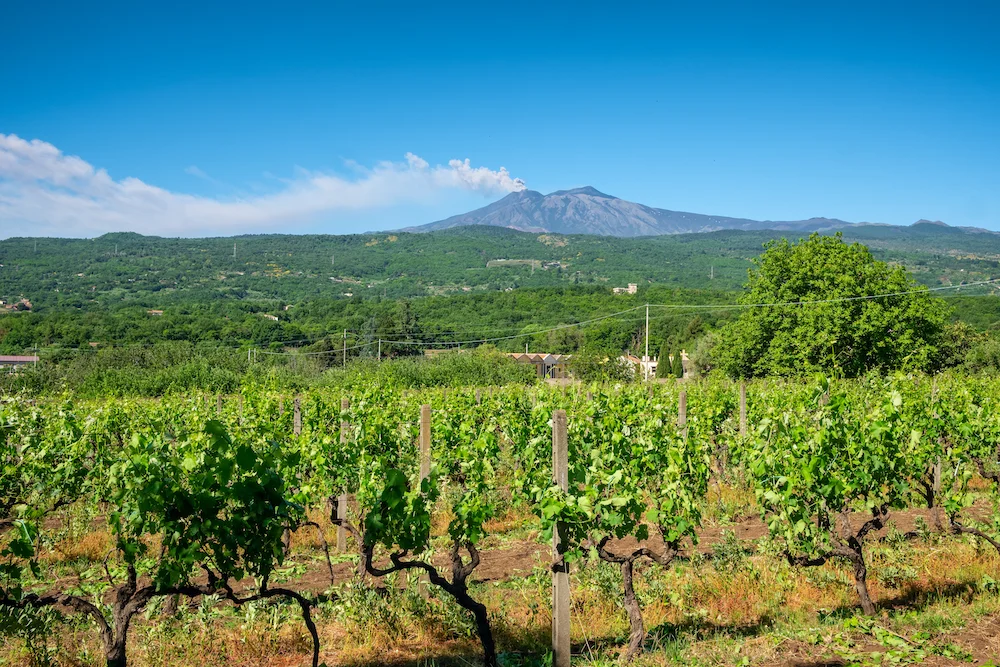
September to October
- Average temperatures a high a comfortable 27°C (80°F), dropping to a cooler 22°C (71°F) in October
- Average rainfall is moderate at 40-70mm
As summer recedes, autumn tiptoes into Sicily. It’s the season of the grape harvest, and the island is wrapped in the intoxicating aroma of ripe vineyards. For wine lovers and those preferring fewer crowds and mild weather, autumn in Sicily presents a unique opportunity to explore the vineyards, attend wine festivals and enjoy a tasting. The Vendemmia (grape harvest) is a sight to behold, and the resulting new wines, a delight to the senses. Fancy joining in the fun of a wine tour in Sicily? Mount Etna’s volcanic soil can make for a unique tasting. Visit the local town of Taormina to sample a drop (or two).
November to December
- Average temperatures of 15 – 20°C (59-68°F)
- Average rainfall increases to about 90-110mm
Winter begins to make its appearance once again, seeing the increase of rainfall in these two months marking the start of Sicily’s rainy season. However, regions on the southern Sicilian coast, such as Noto and Sciacca tend to be warmer and drier. Despite the cooling temperatures, the island’s charm doesn’t fade. Instead, it’s an ideal time for those seeking tranquillity and the chance to experience Sicily’s festive Christmas season.
How to Prepare for Your Trip to Sicily
Planning your visit according to Sicily’s weather can enhance your holiday experience. While summer is popular among beach-goers and sun worshippers, spring and autumn offer mild weather, fewer crowds, and a host of cultural experiences. Perfect timing for those looking for the best Italian islands for history. Winter, on the other hand, is perfect for a quieter, more intimate experience of Sicily.
Regardless of when you visit, always remember to pack a hat, sunglasses, and suncream to protect yourself from the Mediterranean sun. Even in winter, sunny days can get quite warm, and you need to protect yourself from the high UVB rays. If travelling to Sicily in winter, It may be wise to also keep a light jacket or sweater handy for the cooler evenings.
So, what’s stopping you? With its delectable cuisine, awe-inspiring historical sites, and idyllic landscapes, Sicily’s weather is just the cherry on top of an incredible holiday destination. Find the best last minute Italian holiday providers to make your armchair fantasy a reality this year.
Sicily Weather FAQs
What month is the hottest in Sicily?
July and August are Sicily’s hottest month, with average temperatures reaching as high as 35°C (95°F) during the day.
What region of Sicily has the best weather?
The west and south coast regions of Sicily typically have the best weather. Locations in these regions to consider for your next holiday include Trapani, Syracuse and Noto.
What is the rainiest month in Sicily?
December through to January typically have the largest rainfall in Sicily, averaging at around 95mm, making these two months the rainiest for the Italian island.
Feed Your Curiosity With Virtual Wanderlust
Your Sicilian holiday is one step closer to becoming a reality. So what’s next? You may want to think about your holiday accommodation options, whether you choose a luxury Italian villa or something a little more unique. The possibilities are endless. Be sure to follow Virtual Wanderlust on Twitter, Instagram and Pinterest. That way you can continue to be inspired by all things Italy and daydream about the perfect dolce vita!


